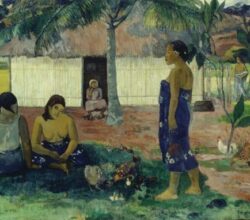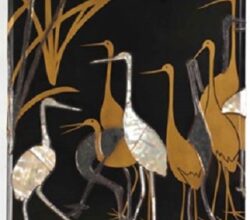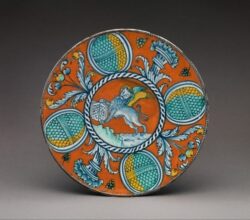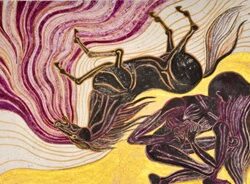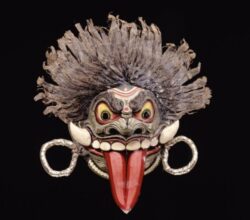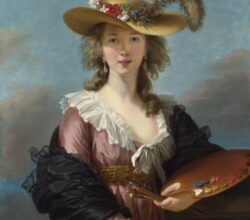
Wolfgang Tillmans’ ways of seeing
Arthur Lubow | W Magazine | 31st August 2022
Tillmans seems to acquire accolades with ease, a Turner Prize in 2000 being just the first of many. They are indicators of the distinctiveness of his photography, which is about being alert to the present. His work isn’t diaristic, he says. Rather, he strives to “spotlight something that everyone pretends not to see”. That something might be specific (youthful eroticism, AIDS) or just a “sense of the here and now”. Either way, his work is “a flash news report from and for a new generation”.

